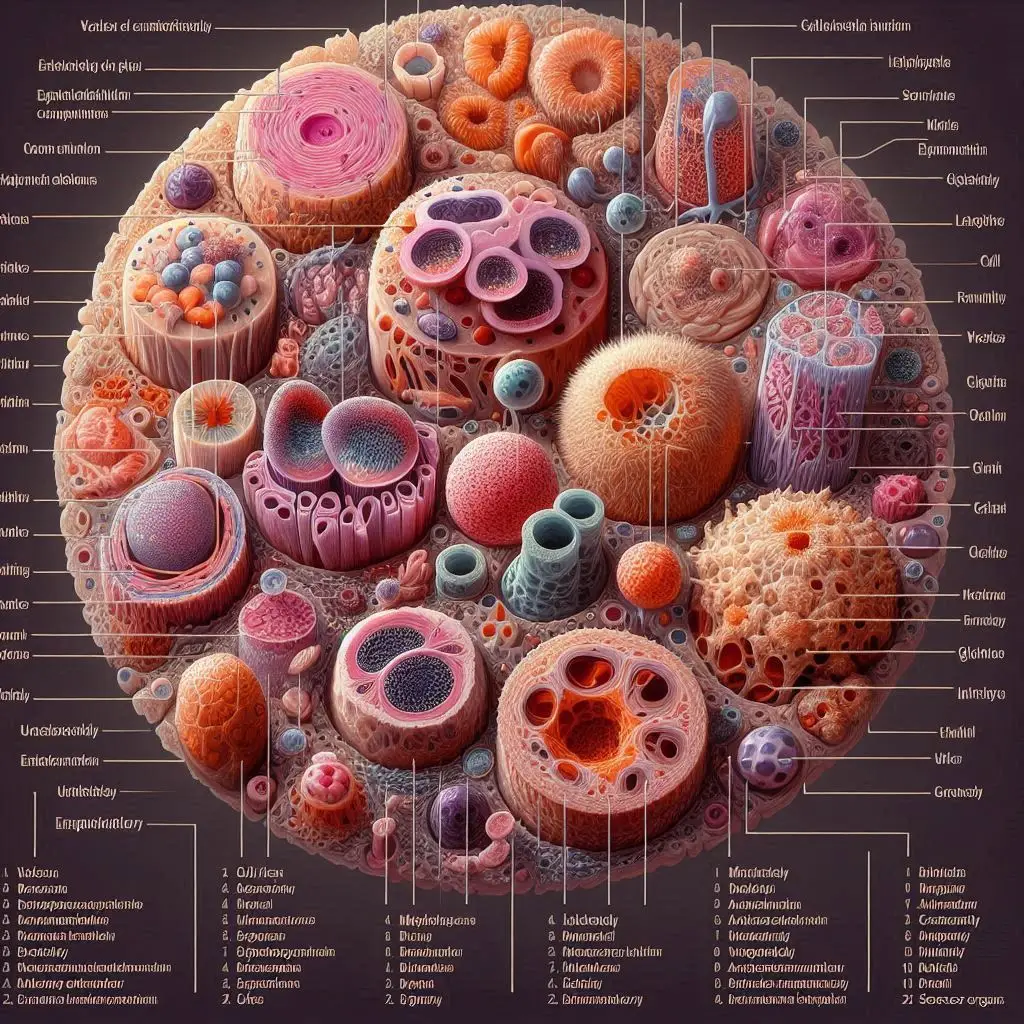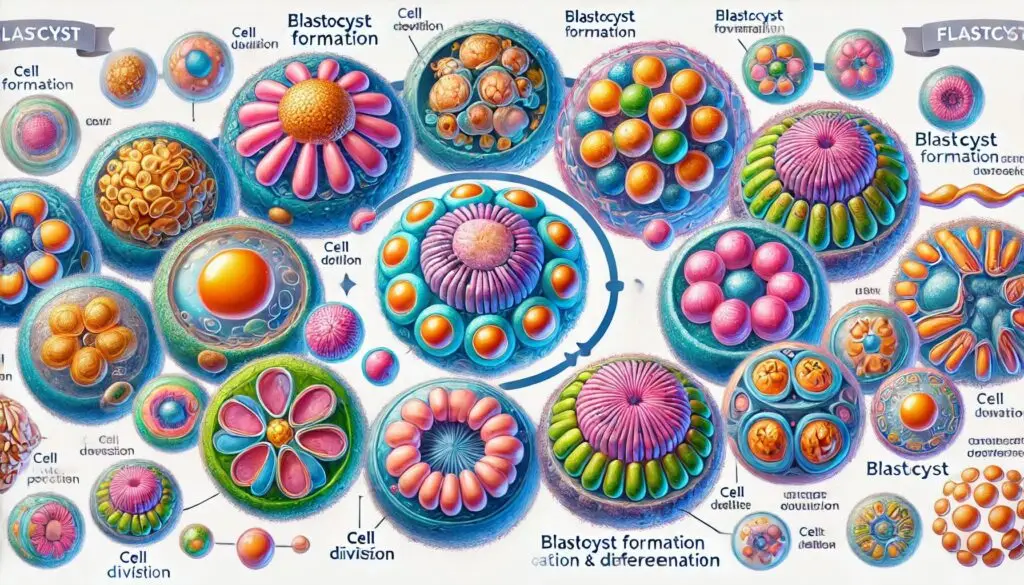Embryonic and Adult Stem Cells

Introduction
Stem cells have captured the imagination of scientists and the public alike due to their remarkable ability to self-renew and differentiate into various cell types. These unique cells hold immense potential for regenerative medicine, as they could potentially replace damaged or diseased cells and tissues. However, not all stem cells are created equal. Embryonic and adult stem cells differ in their origin, potency, and ethical considerations. In this comprehensive article, we will delve into the fascinating world of embryonic and adult stem cells, exploring their key differences and potential applications in the field of regenerative medicine.
Embryonic Stem Cells (ESCs)
Definition and Origin
Embryonic stem cells are derived from the inner cell mass of a blastocyst, an early-stage embryo that forms approximately 4 to 7 days post-fertilization. These cells are characterized as pluripotent, meaning they have the ability to differentiate into any cell type in the body, including nerve, muscle, and other specialized tissues.
Pluripotency and Self-Renewal
The pluripotency of ESCs is what makes them particularly valuable for research and potential therapeutic applications. They can be cultured indefinitely in vitro and directed to differentiate into specific cell types under appropriate conditions. This ability to self-renew and maintain their pluripotent state is a unique feature of embryonic stem cells.
Ethical Considerations
However, the use of embryonic stem cells raises ethical concerns, as their extraction typically results in the destruction of the embryo. This has led to significant debate regarding the moral implications of using human embryos for research purposes. Despite this, ESCs have been pivotal in advancing our understanding of developmental biology and hold promise for regenerative therapies aimed at repairing or replacing damaged tissues.
Adult Stem Cells (ASCs)
Definition and Origin
In contrast, adult stem cells, also known as somatic stem cells, are found in various tissues throughout the body, such as bone marrow, brain, and skin. These cells are generally multipotent, meaning they can differentiate into a limited range of cell types related to their tissue of origin.
Tissue-Specific Differentiation
For example, hematopoietic stem cells from bone marrow can give rise to different blood cells, while mesenchymal stem cells can differentiate into bone, cartilage, and fat cells. Adult stem cells play a crucial role in normal tissue maintenance and repair, helping to replace cells lost due to injury or disease.
Ethical Considerations and Therapeutic Potential
Adult stem cells are considered less controversial than embryonic stem cells since their extraction does not involve the destruction of embryos, thus avoiding the ethical dilemmas associated with ESC research. However, adult stem cells have a more limited capacity for differentiation compared to embryonic stem cells, which can restrict their therapeutic potential.
Key Differences between Embryonic and Adult Stem Cells
| Feature | Embryonic Stem Cells (ESCs) | Adult Stem Cells (ASCs) |
|---|---|---|
| Source | Inner cell mass of blastocyst | Various adult tissues (e.g., bone marrow, brain) |
| Potency | Pluripotent (can become any cell type) | Multipotent (limited to related cell types) |
| Ethical Concerns | High (destruction of embryos) | Low (no embryo destruction) |
| Applications | Regenerative medicine, research | Tissue repair, transplantation |
Potential Applications of Stem Cells
Regenerative Medicine
One of the most promising applications of stem cells is in regenerative medicine. Both embryonic and adult stem cells have the potential to be used in therapies aimed at repairing or replacing damaged tissues and organs. For example, researchers are exploring the use of stem cells to treat conditions such as type 1 diabetes, heart disease, and neurological disorders.
Drug Testing and Development
Stem cells can also be used to test new drugs for safety and effectiveness. Before giving drugs in development to people, researchers can use some types of stem cells to test the drugs for toxicity and quality. This type of testing may help assess drugs in development for specific conditions, such as heart toxicity.
Understanding Development and Disease
In addition to their therapeutic potential, stem cells are valuable tools for understanding human development and disease. By studying how stem cells differentiate into various cell types, scientists can gain insights into the molecular mechanisms underlying development and disease processes. This knowledge can inform the development of new treatments and preventive strategies.
Challenges and Future Directions
While the potential of stem cells is immense, there are still significant challenges to overcome. One of the main challenges is ensuring the safety and efficacy of stem cell-based therapies. Researchers must carefully monitor the differentiation and behavior of stem cells to minimize the risk of tumor formation or other adverse effects.Another challenge is scaling up the production of stem cells for clinical applications.
Developing efficient and cost-effective methods for culturing and differentiating stem cells is crucial for making stem cell therapies widely available.Despite these challenges, the field of stem cell research continues to advance rapidly. Ongoing research is exploring new sources of stem cells, such as induced pluripotent stem cells (iPSCs), which are adult cells that have been genetically reprogrammed to behave like embryonic stem cells. iPSCs hold promise for overcoming the ethical concerns associated with embryonic stem cells while still maintaining their pluripotent potential.
Conclusion
Embryonic and adult stem cells are fascinating and complex biological entities that hold immense potential for advancing our understanding of human biology and developing new therapies for a wide range of diseases and injuries. While they differ in their origin, potency, and ethical considerations, both types of stem cells have made significant contributions to the field of regenerative medicine.
As research in this field continues to progress, it is essential to balance the potential benefits of stem cell therapies with the ethical considerations and safety concerns. By working collaboratively and transparently, scientists, policymakers, and the public can ensure that the remarkable potential of stem cells is realized in a responsible and ethical manner.
For more pearls of Vets Wisdom:
https://wiseias.com/partitioning-of-food-energy-within-animals/






Responses